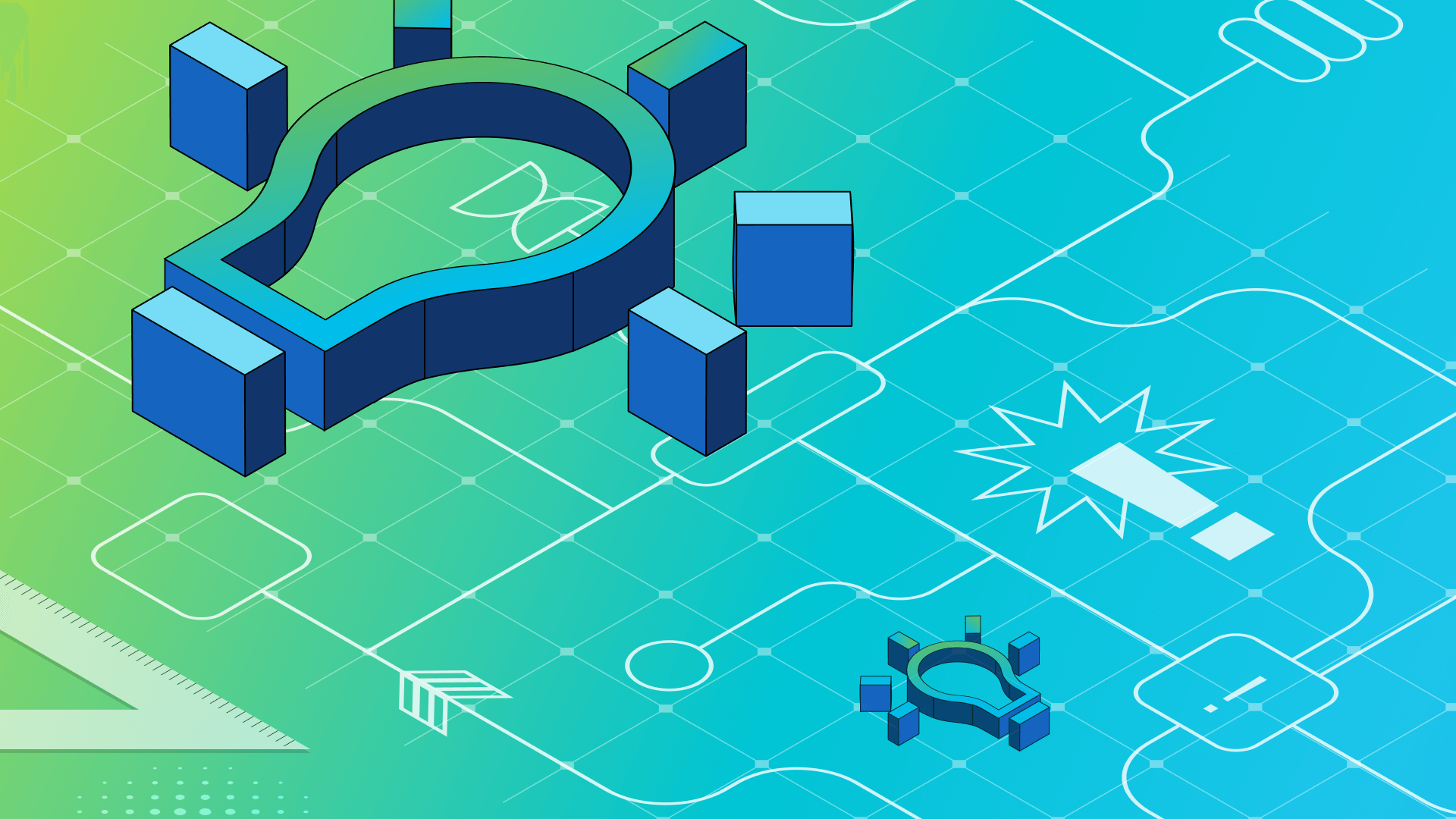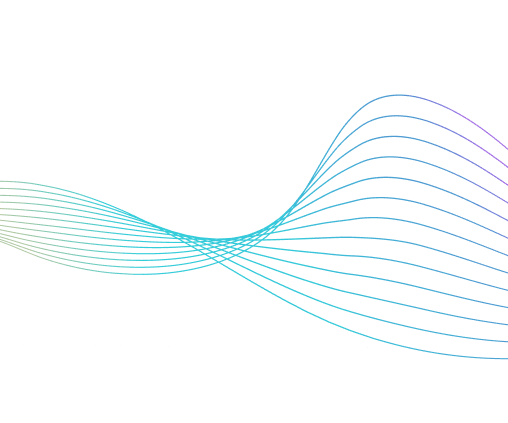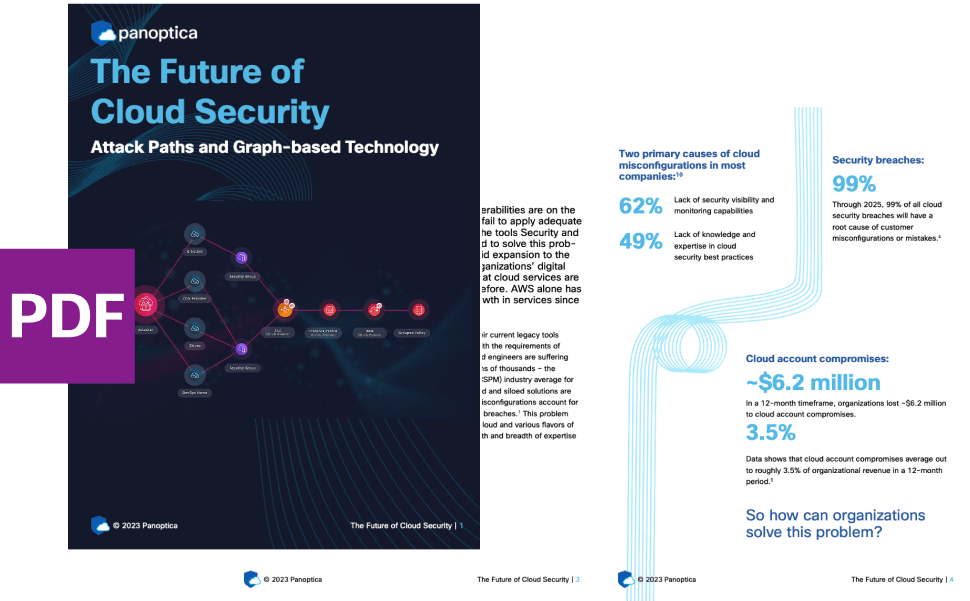INSIGHTS
4 min read

Published on 05/19/2021
Last updated on 03/21/2024
Drowning in Data and Starving For Insights - Episode #1: Swimming in Sensors and Drowning in Data
Share
Swimming in Sensors and Drowning in Data
Modern sensor networks and communication networks provide large sets of operational data, including information per system, subsystem, feature, port, or even per packet. A network device, like a router or a switch, offers millions of multivariate time series that portray the state of the device. But the fact that data is available does not mean that it is easily consumable. Indeed, the reality is that network operations produce a lot of data but at the same time they are starving for insights. The amount of telemetry data available in the form of multivariate time series is produced at an unprecedented rate, but typical telemetry streams contain time series for metrics that are high dimensional, noisy often with missing values and thus offer incomplete information only. The generation of continuous telemetry data at high frequencies and volume poses serious problems to data centers in terms of bandwidth and storage requirements. This is challenging for network administrators who need to store, interpret, and reason about the data in a holistic and comprehensive way. One of their usual practices is to hand-pick a small subset of the available timeseries-data based on experience. Another is to apply down-sampling strategies for aggregating common features, de facto limiting the prediction accuracy of telemetry analytics. Doing this, network administrators are confronted by two key challenges:- Visibility: within a device, alarms/notifications from different components are reported independently. Across devices, there are fewer systematic telemetry exchanges, even though a network event often gives rise to alarms/notifications on multiple devices in the network. Therefore, a device-centric view prevents network administrators from having complete control of the data center infrastructure and elaborating correct network diagnosis.
- Filtering and aggregation: the deluge of data generated by multiple sensors is true for all industries due to the abundance of complex systems and sensors proliferation. A single event is often present in a multitude of data sources in heterogeneous formats, such as syslog, Model Driven Telemetry (MDT), SNMP, etc. None of these data sources are correlated, nor is there any identifier that ties the data to an application or service. If a large majority of events is collected and processed on-line, the amount of data created often exceeds the capabilities of backend systems and controllers for storage capacity and processing power.
- Create highly scalable centralized controllers with a network-wide view for data mining. This approach is limited by CAPEX investments for hardware (e.g., backend systems, HPC facilities, storage systems) and software (e.g. licenses, development of new algorithms).
- Limit the scope of the data collected on a subset of counters and devices selected with the assistance of domain experts (SME) or rule-based systems. This approach is limited by the background knowledge of the domain expert or by the expert-system static knowledge-base, i.e. you'll only see what you were looking for. Due to CPU and memory limitations on routers, on-box expert systems are typically based on manually crafted and maintained rules (rather than consider learning-based approaches), which lack flexibility and require frequent update to remain current. Although expert-systems perform well in domains where the rules are followed, they tend to perform poorly for anything outside the pre-specified rules. Quite commonly, thresholds of these rule-engines need to be adjusted on a per-deployment basis, causing a significant deployment and maintenance cost.


Subscribe to
the Shift!
Get emerging insights on emerging technology straight to your inbox.
Unlocking Multi-Cloud Security: Panoptica's Graph-Based Approach
Discover why security teams rely on Panoptica's graph-based technology to navigate and prioritize risks across multi-cloud landscapes, enhancing accuracy and resilience in safeguarding diverse ecosystems.

Related articles

Subscribe
to
the Shift
!Get on emerging technology straight to your inbox.
emerging insights
The Shift keeps you at the forefront of cloud native modern applications, application security, generative AI, quantum computing, and other groundbreaking innovations that are shaping the future of technology.





